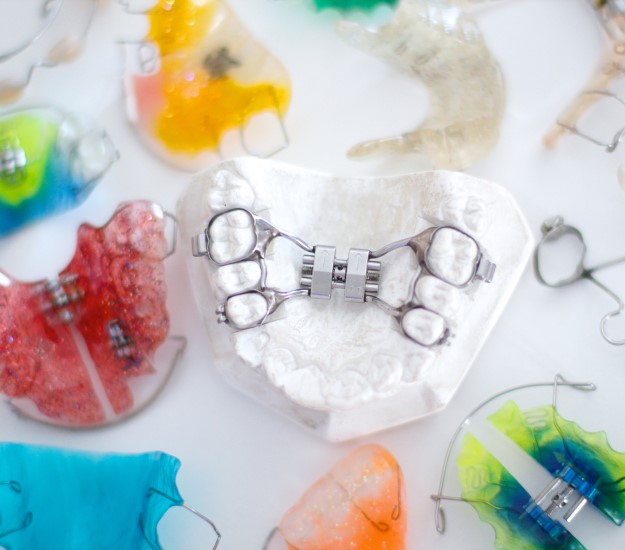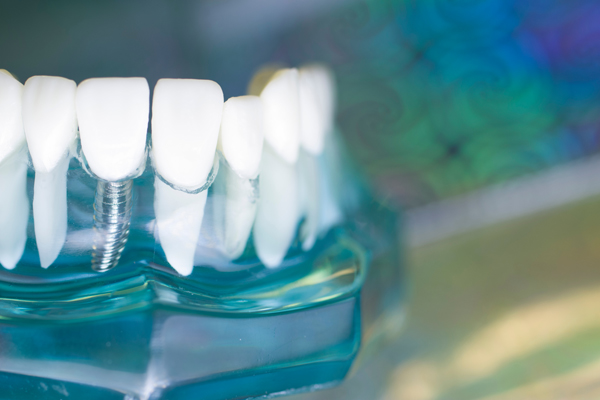RetainersHighlands Ranch, CO
Braces may create a straight smile, but retainers maintain them. Retainers are the unsung heroes of the orthodontics world. Braces get all the glory for creating the beautiful smile, but have you ever considered what your teeth would look like if you stopped your treatment once the braces were taken off?
What is a retainer?
Orthodontic retainers are custom-made devices designed to hold teeth in a straightened position once braces are removed. The next phase after braces are removed is called retention. This very important phase uses retainers to reinforce and further establish the new position of teeth.
Check out what others are saying about our Retainers services on Google: Retainers Highlands Ranch
Types of retainers
There are generally three different types of retainers: the traditional wire retainer, the clear plastic retainer and the permanent retainer.
Traditional wire retainer
The Hawley retainer, named after its inventor, is the traditional wire retainer we all know and love. This device consists of two parts: a thin acrylic layer molded to fit the palate at the top of the mouth and a metal wire connected to it. The metal band fits around teeth and holds them in position. Both the wire and acrylic pieces are carefully shaped to fit the mouth of the specific client, and each retainer is different for each person.
The benefits to these types of retainers is that they are easily removable and can be adjusted over time for small tooth movements. Think of these as an extension of braces. You can even customize the plastic arch to be any color you like.
Clear plastic retainer
The clear retainer is a popular style due to the fact that it is virtually invisible. This type also tends to do the best job at keeping straightened teeth in place, as it can wrap tightly around every tooth. The Hawley retainer only comes in direct contact with a few teeth. Another advantage of clear plastic retainers is their ability to keep each tooth exactly where it needs to be.
Clear retainers resemble the customized aligner trays made to adjust teeth. Although these do a great job of restricting unwanted tooth movement, they do wear out more easily than other retainers. The plastic will begin to stretch over time. Without proper care, the trays will also take on a yellowish hue.
Permanent retainer
A fixed bonded retainer, also known as a permanent retainer, is a thin wire bonded directly to and across the back of the front teeth. The cement is similar to the material used in placing braces. Permanent retainers are mainly used on the bottom front teeth. This device does not work as well in keeping top teeth in place as other types of retainers.
The downside to a permanent retainer is the struggle to keep it clean. Since the retainer is attached to the back of the teeth, access to the space between teeth is blocked. Therefore, simple hygienic activities like flossing become more difficult in this area. Investing in tools to help floss through the retainer is wise, especially when trying to solidify good retainer habits early on.
Do I need to wear a retainer?
The short answer is, yes. After braces are taken off, the teeth can very easily begin to shift back to their original crooked position. Since no client wants to undo all the good work done by their orthodontist, a retainer is prescribed to counteract this movement.
How long will I need to wear my retainer?
When your teeth are free of braces, your orthodontist will recommend a separate treatment program for wearing a retainer. This usually consists of wearing a removable retainer all day and all night for a period of at least three months, only taking it out when eating and brushing teeth.
After the first three months, the orthodontist will then re-evaluate any negative tooth movement. If there has been little to no movement, the orthodontist might recommend wearing the retainer only at night time or for a few hours during the day. This regimen will continue for about two years. Then, you will only need to wear the retainer three to five times per week during sleep./p>
Ideally, a client will wear their retainer for a lifetime. One disadvantage to a removable retainer is that it can get lost or worn out. Traditional wire retainers tend to be more sturdy than the clear plastic type. With daily usage, a plastic retainer will need to be replaced every year or so to keep doing its job correctly.
Bottom line
Your orthodontic journey never really ends if you want to keep your smile straight and beautiful for as long as possible. However, there are options for retainers that work with your lifestyle.
Colorado Precision Dentistry is located at 66 Springer Dr #204 Highlands Ranch, CO 80129.





